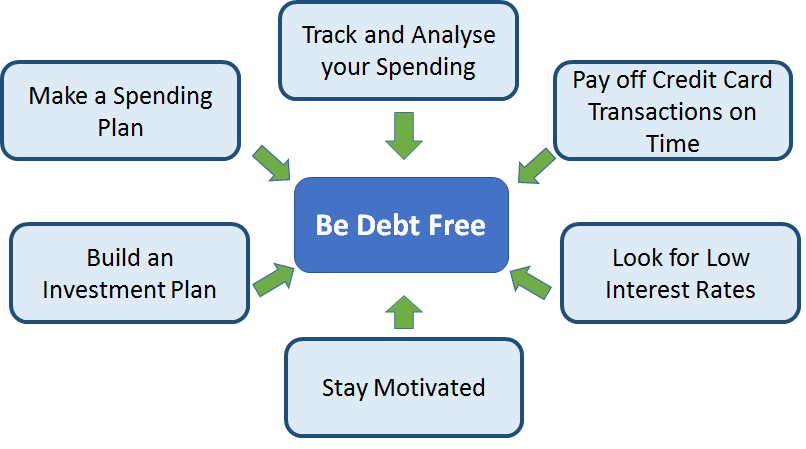
Table of Contents
Return On Debt - ROD
What is Return On Debt - ROD?
Return on Debt (ROD) is a measure of profitability with respect to a firm's leverage. The return on debt refers to the amount of profit generated for every dollar held by a company in debt. Return on debt shows how much the usage of borrowed funds contributes to profitability, but this metric is uncommon in financial analysis. Analysts prefer return on Capital (ROC) or return on equity (ROE), which includes debt, instead of ROD.

Return on debt is simply annual net Income divided by average long-term debt (beginning of the year debt plus end of year debt divided by two). The denominator can be short-term plus long-term debt or just long-term debt.
ROD Formula
The formula for ROD is-
Return on Debt = Net Income / Long Term Debt
Talk to our investment specialist
Example for Return on Debt
To illustrate the working of return on debt, let us take the example of a company XYZ with a net income of INR 5,00,000 and long-term debt (due over a year) of INR 10,00,000. The return on debt, therefore, would be computed as INR 5,00,000 / INR 10,00,000, which comes out to be 0.5 or 5 percent.
All efforts have been made to ensure the information provided here is accurate. However, no guarantees are made regarding correctness of data. Please verify with scheme information document before making any investment.












